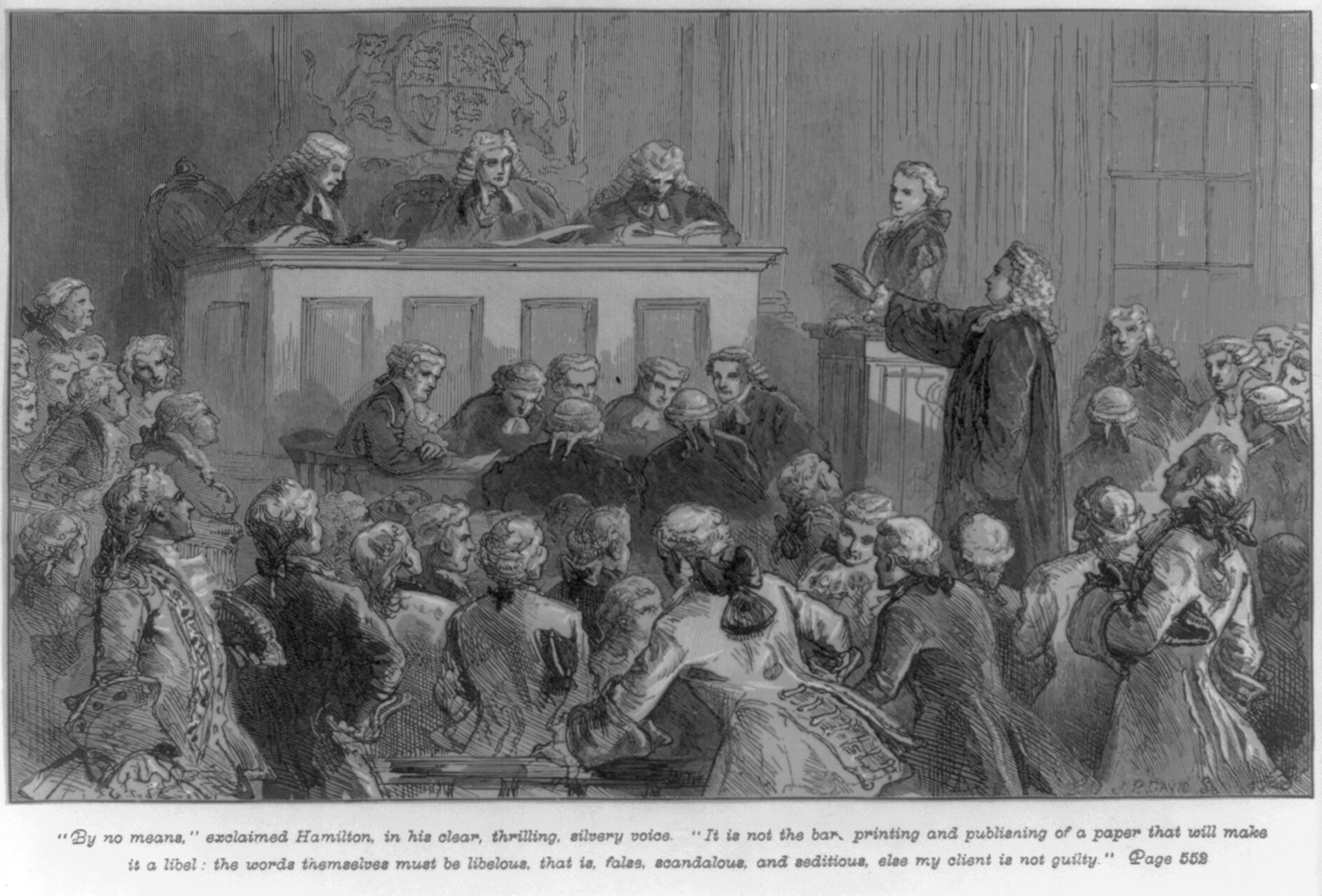
The rights of freedom of speech, expression and press are protected under Article 19 of the Constitution of the Islamic Republic of Pakistan. The Supreme Court of Pakistan has held that these rights are admittedly; not absolute, unlimited or unfettered, but subject to reasonable restrictions, imposed by the law [1]. The American Constitution has protected such freedoms under the First Amendment, however, have subjected these to prevention and punishment, if words used are of the ;nature lewd, obscene, profane, libelous, insulting, cause injury or breach of peace[2].
Freedom of Press
The Supreme Court of Pakistan has curtailed the freedom of press and has placed expectations on the press to recognize its duties and responsibilities towards the society, along with the duty not to compromise on public order, decency and morality[3]. However, the Supreme Court has held that overt and covert censorship is unconstitutional and illegal … no one, including any government, department or intelligence agency can curtail the fundamental right of freedom of speech, expression and press beyond the parameters mentioned in Article 19 of the Constitution[4].
Right to Fair Trial in Conflict with the Freedom of Press
In US, an accused persons’ right to public trial is guaranteed under the Sixth Amendment, whereas in Pakistan, the right to fair trial is granted under Article 10A. This right of the accused has at times conflicted with the freedom of press to report court proceedings.
The Supreme Court of Pakistan while deciding the matter involving a talk show during which comments were made regarding a matter pending adjudication before it, held that under the Electronic Media (Programmes and Advertisements) Code of Conduct 2015; the discussion of sub judice matters must be conducted in a manner which does not negatively affect another person’s fundamental right to be dealt with in accordance with the law (Article 4 of the Constitution) and the right to fair trial and due process (Article 10A of the Constitution)[5].
The US Supreme Court while deciding; whether a judge, in order to ensure a fair trial under the Sixth Amendment, can restrain the media from reporting information as to pretrial events relating to a murder, recognized the potential conflict between the First and Sixth Amendment and held (9-0) that the Pretrial publicity “does not inevitably lead to an unfair trial.” The Court maintained that it will not assign priorities between the First and Sixth Amendments and would rather asses the particular case and the context in which it arises[6].
Balancing Public Order and Freedom of Speech
The Supreme Court of Pakistan while adjudicating a matter pertaining to a sit in staged in the city of Islamabad held that the right of freedom of speech cannot be exercised by infringing the fundamental rights of others and allowed the imposition of reasonable restrictions in the interest of public order[7]. It was further maintained that Protestors who obstruct people’s right to use roads and damage or destroy property must be proceeded against in accordance with the law and held accountable.
Security of State and Freedom of Press
The US Supreme Court while deciding; whether the judiciary can prevent the publication of material (documents detailing the history of the U.S involvement in Vietnam) which the government deems harmful to the national interest in the absence of a statute on the matter, held (6–3) that, “To find that the president has the ‘inherent power’ to halt the publication of news by resort to the courts would wipe out the First Amendment and destroy the fundamental liberty and security of the very people the government hopes to make ‘secure’ . . . the word ‘security’ is a broad, vague generality whose contours should not be invoked to abrogate the fundamental law embodied in the First Amendment.” [8]. This shows the resolve of the Supreme Court of America to protect such rights.
In conclusion, it can be stated that these rights are not absolute, and restrictions can be imposed on them. The extent of protection afforded to such rights varies jurisdiction to jurisdiction. An extreme example includes a case where the US Supreme Court held (5-4) the burning of the US flag to be a form of “expressive conduct” and stated that the flag protects even those who hold it in contempt [9].
[1] Talal Ahmed Chaudhry Vs. The State [2019 SCMR 542], per para 14
[2] Chaplinsky v. New Hampshire, (1942) 315 US 568; from the book ‘Judicial Review of Public Actions’ by Justice Fazal Karim, 2nd Edition, page 1196
[3] Masroor Ahsan Vs. Ardeshir Cowasjee [PLD 1998 SC 823]
[4] Suo Motu Case No.7 of 2017 [PLD 2019 SC 318], per para 39
[5] Suo Motu Case No. 28 of 2018 [PLD 2019 SC 1], per para 19(1)
[6] Nebraska Press Association Vs. Stuart, 427 U.S. 539; S. Ct. 2791; 49 L. Ed. 2d 683 (1976)
[7] Supra [PLD 2019 SC 318]
[8] New York Times Company Vs. United States, 403 U.S. 713; 91 S. Ct. 2140; 29 L. Ed. 2d 820 (1971)
[9] Texas Vs. Johnson, 491 U.S. 397; 109 S. Ct. 2533; 105 L. Ed. 2d 342 (1989)
